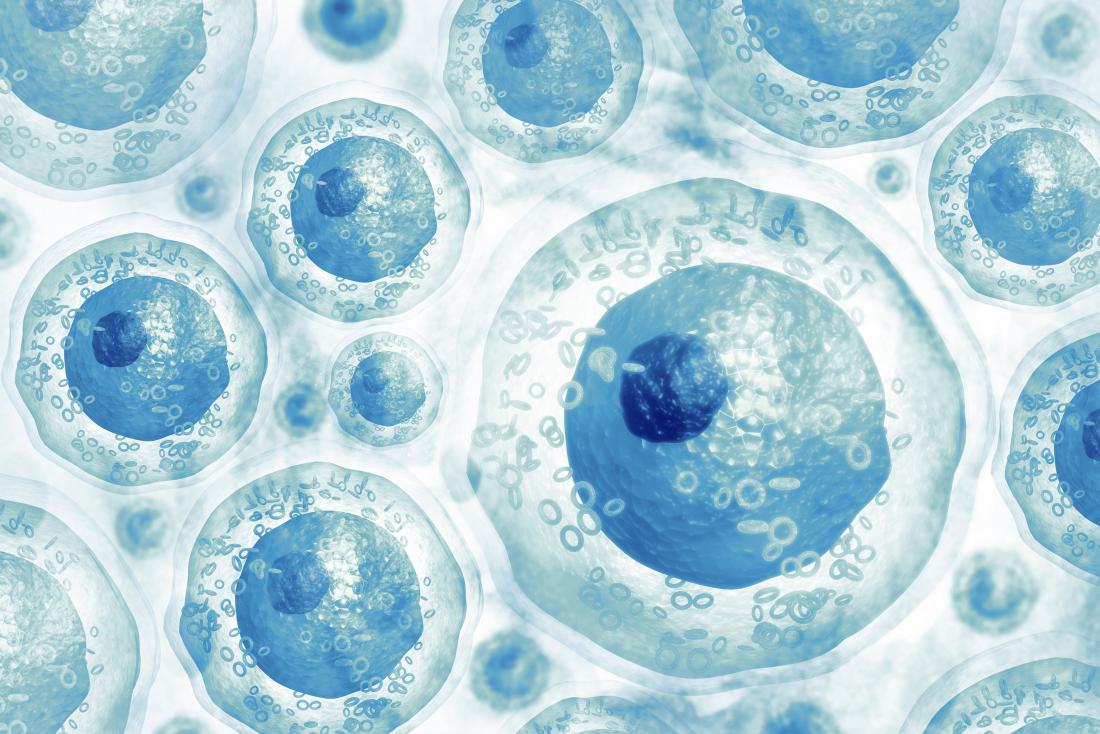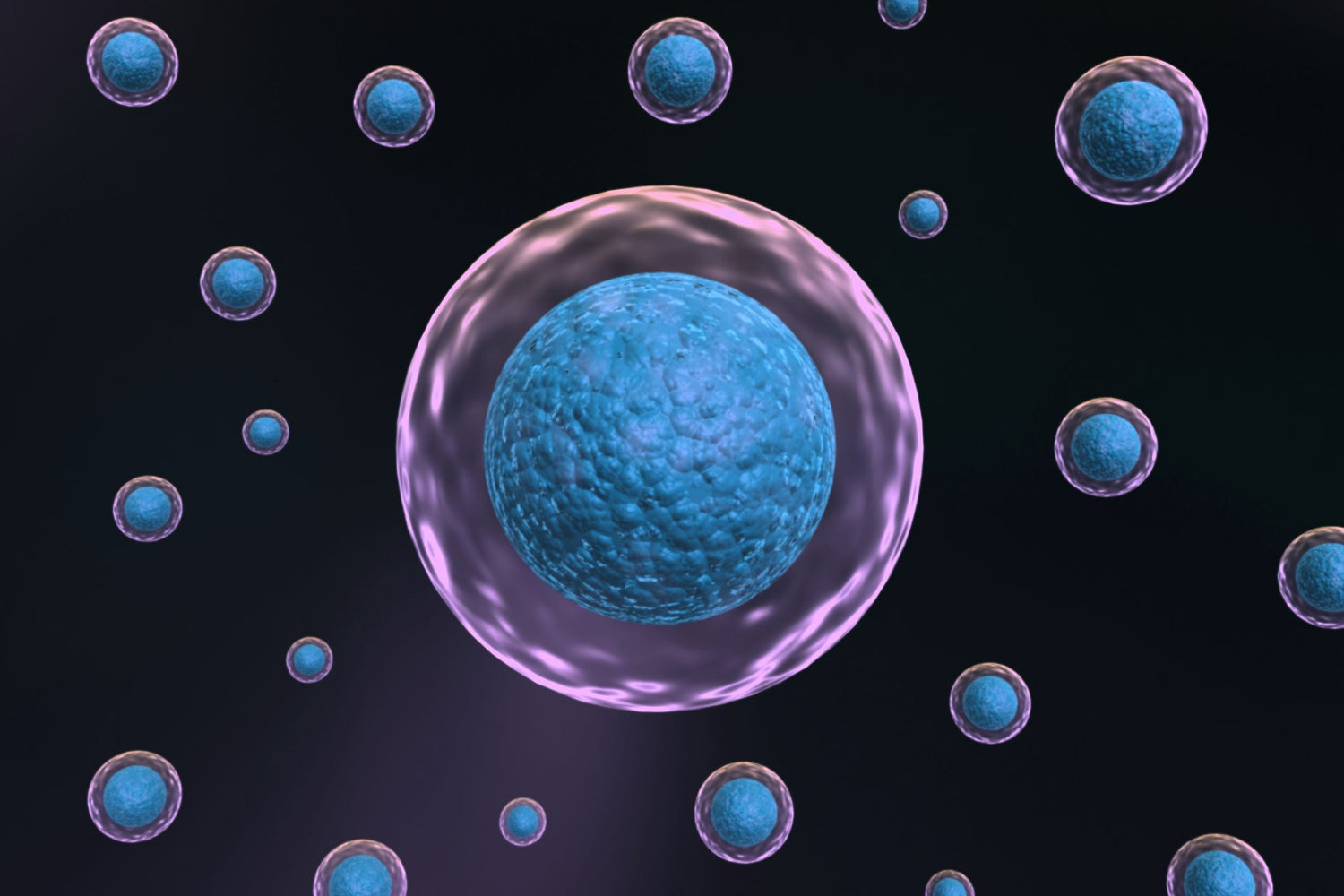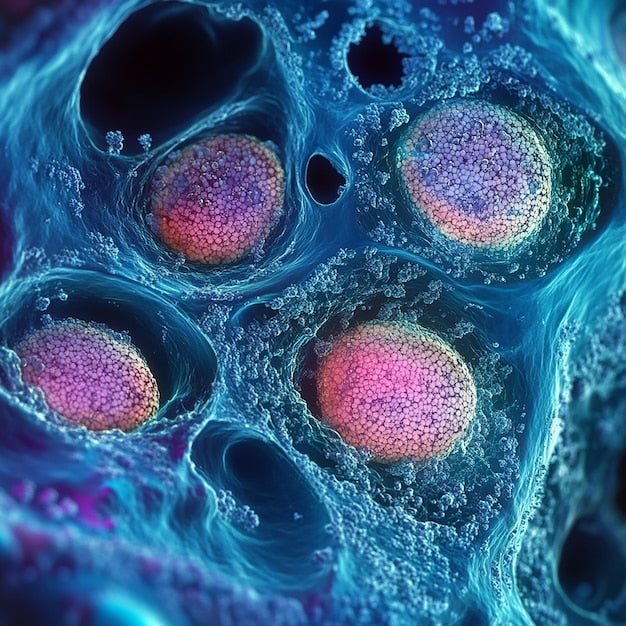Imagine tiny, naturally occurring couriers zipping through the body, delivering packages of molecular goods with pinpoint accuracy. These couriers, known as exosomes, are microscopic vesicles—bubble-like structures released by cells—that carry proteins, nucleic acids, and other bioactive molecules. In the realm of precision medicine, exosomes are emerging as powerful tools for targeted delivery, capable of transporting therapeutic cargo to specific cells. But the real challenge lies in loading these nanoscale carriers with the right cargo efficiently and effectively. Mastering exosome loading techniques is like training a fleet of delivery drones to navigate complex terrain without losing their precious payload. This blog dives into the fascinating world of exosome loading, exploring innovative methods, their potential, and the artistry behind optimizing these cellular couriers for precision medicine.
The Exosome Advantage: Nature’s Delivery System
Exosomes are nature’s own logistics network, secreted by nearly all cell types and found in bodily fluids like blood and saliva. Ranging from 30 to 150 nanometers, these vesicles are small enough to slip through biological barriers yet sturdy enough to protect their cargo from degradation. Their surfaces are studded with proteins that act like postal codes, guiding them to specific cellular destinations. What makes exosomes particularly exciting for precision medicine is their biocompatibility—cells readily accept them without triggering immune responses, unlike synthetic delivery systems. However, the key to unlocking their potential lies in loading them with therapeutic molecules, such as RNA or proteins, tailored to specific needs. This process requires finesse, as overloading or improper loading can compromise their stability or delivery efficiency.
Crafting the Perfect Cargo: Loading Strategies Unveiled
Loading exosomes is akin to packing a suitcase for a long journey—every item must be carefully selected and secured. Scientists have developed several techniques to achieve this, each with its own flair. One popular method is electroporation, where electric pulses create temporary pores in the exosome membrane, allowing molecules to slip inside. Picture it as briefly unlocking a vault to stash valuables. While effective for small molecules like RNA, this technique requires precise calibration to avoid damaging the exosome’s delicate structure. Another approach, sonication, uses sound waves to agitate exosomes, making their membranes more permeable. It’s like shaking a snow globe to let glitter settle in new patterns, but it risks disrupting the vesicle’s integrity if not carefully controlled.
For a gentler touch, co-incubation involves mixing exosomes with cargo molecules in a solution, relying on natural diffusion. This method is simple, like letting spices soak into a marinade, but it often yields lower loading efficiency. Chemical transfection, using specialized reagents, offers a middle ground, enhancing uptake without physical stress. Each technique is a tool in the scientist’s kit, chosen based on the cargo’s nature and the desired outcome. The challenge is balancing efficiency with preserving the exosome’s natural properties, ensuring they remain stealthy and functional during delivery.
Engineering Exosomes: The Art of Customization
Beyond loading, scientists are engineering exosomes to enhance their delivery prowess. One innovative approach is modifying the parent cells to produce exosomes pre-loaded with specific cargo. By tweaking the genetic machinery of cells, researchers can ensure exosomes are packed with desired molecules before they’re even released. It’s like programming a factory to produce custom-designed packages straight off the assembly line. For instance, cells can be engineered to overexpress certain proteins, which are then naturally incorporated into exosomes. This method is highly efficient but requires sophisticated genetic tools and careful quality control to ensure consistency.
Another strategy involves surface modification, where exosomes are decorated with targeting ligands—molecules that act like GPS coordinates, directing them to specific cell types. This is achieved through chemical conjugation or by fusing targeting proteins to exosomal membrane components. Imagine attaching a homing beacon to a drone to ensure it lands at the right address. These tailored exosomes can navigate the body’s complex landscape with remarkable precision, making them ideal for applications requiring pinpoint delivery. The artistry lies in designing these modifications without compromising the exosome’s natural stealth and stability.
The Role of Nanotechnology: Precision at the Nanoscale
Nanotechnology is revolutionizing exosome loading by offering tools to manipulate these tiny vesicles with unprecedented accuracy. One cutting-edge method uses microfluidic devices—tiny chips with channels narrower than a human hair—to control the loading process. These devices allow scientists to mix exosomes with cargo under precisely controlled conditions, optimizing uptake while minimizing damage. It’s like choreographing a dance where every step is perfectly timed. Nanoparticles, such as gold or lipid-based carriers, are also being explored to enhance loading efficiency. These particles can act as scaffolds, stabilizing cargo as it’s incorporated into exosomes, much like reinforcing a fragile package for shipping.
Another exciting development is the use of liposomes—synthetic vesicles that mimic exosomes—to facilitate cargo transfer. By fusing liposomes with exosomes, scientists can transfer large or complex molecules that wouldn’t easily fit otherwise. This fusion process is like merging two bubbles to combine their contents, creating a hybrid vesicle with enhanced capabilities. Nanotechnology not only improves loading efficiency but also opens doors to scaling up production, a critical step for translating exosome-based technologies into practical applications.
Overcoming Challenges: The Road to Mastery
Mastering exosome loading is not without hurdles. One major challenge is ensuring uniformity—exosomes vary in size, composition, and cargo capacity, even when derived from the same cell type. This variability can lead to inconsistent loading outcomes, like sending out delivery trucks with unpredictable cargo space. Researchers are tackling this by developing standardized protocols and advanced sorting techniques, such as ultracentrifugation or size-exclusion chromatography, to isolate uniform exosome populations. Another hurdle is scalability. While loading techniques work well in the lab, producing large quantities of loaded exosomes for widespread use requires industrial-scale processes. Innovations in bioreactor design and automated systems are helping bridge this gap, paving the way for large-scale applications.
Preserving exosome functionality post-loading is another critical concern. Harsh loading methods can alter their surface markers or structural integrity, reducing their targeting efficiency. Scientists are exploring milder techniques, like click chemistry—a method that uses highly specific chemical reactions to attach cargo without disrupting the exosome’s framework. It’s like snapping together Lego pieces with precision, ensuring the structure remains intact. These advancements are crucial for ensuring exosomes remain reliable couriers in the complex environment of the human body.
The Future of Exosome Loading: A New Frontier
The field of exosome loading is brimming with potential, poised to transform precision medicine. Emerging technologies, like artificial intelligence, are being harnessed to predict optimal loading conditions and cargo combinations, streamlining the design process. Imagine an AI acting as a master strategist, orchestrating the perfect delivery plan for each exosome. Additionally, hybrid approaches combining biological and synthetic systems are gaining traction. For example, synthetic exosomes—engineered vesicles mimicking natural ones—offer greater control over composition and scalability, blending the best of both worlds.
As research progresses, the dream of personalized delivery systems grows closer. Exosomes could be tailored to individual profiles, carrying custom cargo to address specific needs with unparalleled precision. This vision requires continued innovation in loading techniques, from refining existing methods to inventing entirely new ones. The journey to mastering exosome loading is a blend of science and creativity, where each breakthrough brings us closer to a future where tiny vesicles revolutionize how we deliver therapeutic molecules.
In conclusion, exosome loading is a dynamic and evolving field, where scientists are crafting nature’s couriers into powerful tools for precision medicine. From electroporation to nanotechnology, each technique offers unique advantages, shaping a future where exosomes deliver their cargo with unmatched accuracy. As challenges are overcome and new frontiers explored, the “Cargo Kings” of exosome technology are set to redefine the art of targeted delivery, opening new possibilities in the quest for innovative solutions.
Unlock the future of precision medicine with StemNovaNetwork’s cutting-edge exosome-based products! Our advanced loading techniques ensure nanoscale vesicles deliver therapeutic cargo with unmatched accuracy, leveraging nature’s own delivery system. From electroporation to nanotechnology, our innovative methods guarantee high efficiency and biocompatibility for tailored solutions. Perfect for wholesalers seeking revolutionary biotech products, StemNovaNetwork offers scalable, high-quality exosome solutions to meet diverse needs. Join the forefront of medical innovation and elevate your portfolio with our state-of-the-art offerings. Schedule a call today to explore partnership opportunities and discover how StemNovaNetwork can transform your wholesale business!
Reference:
1.Chen, H., Huang, C., Wu, Y., Sun, N., & Deng, C. (2022). Exosome metabolic patterns on aptamer-coupled polymorphic carbon for precise detection of early gastric cancer. Acs Nano, 16(8), 12952-12963. https://doi.org/10.1021/acsnano.2c05355
2. Hade, M., Suire, C., & Suo, Z. (2023). An effective peptide-based platform for efficient exosomal loading and cellular delivery of a microrna. Acs Applied Materials & Interfaces, 15(3), 3851-3866. https://doi.org/10.1021/acsami.2c20728
3. Han, Z., Peng, C., Yi, J., Wang, Y., Liu, Q., Yang, Y., … & Shen, Y. (2021). Matrix-assisted laser desorption ionization mass spectrometry profiling of plasma exosomes evaluates osteosarcoma metastasis. Iscience, 24(8), 102906.




